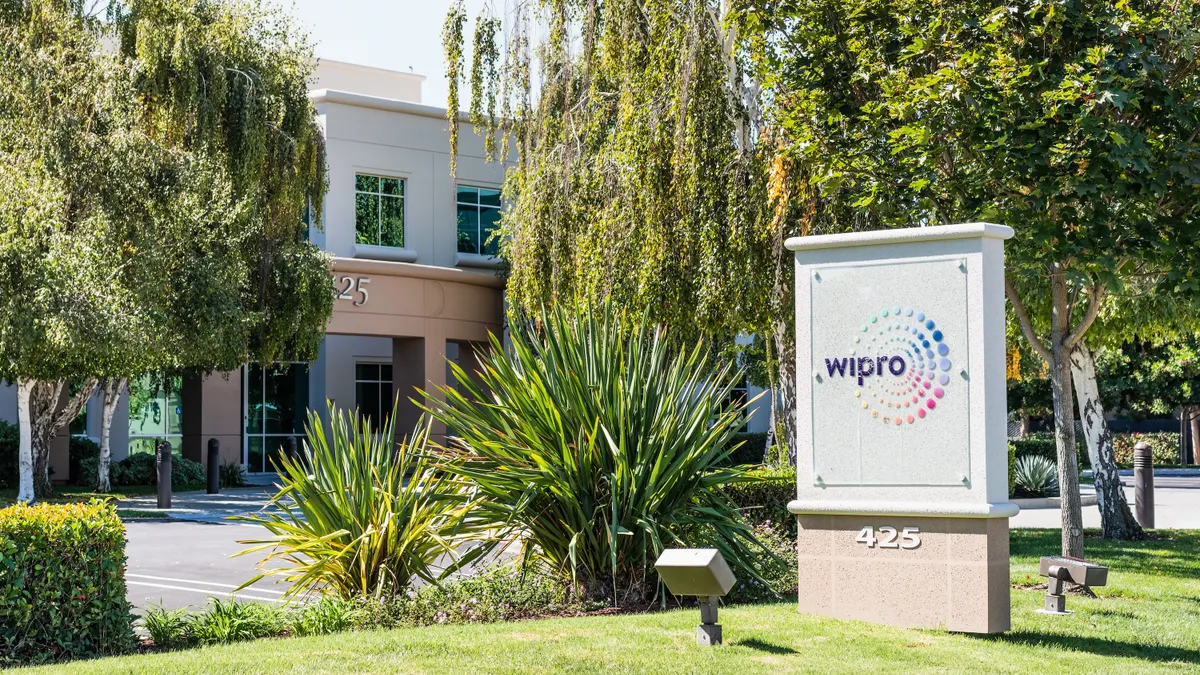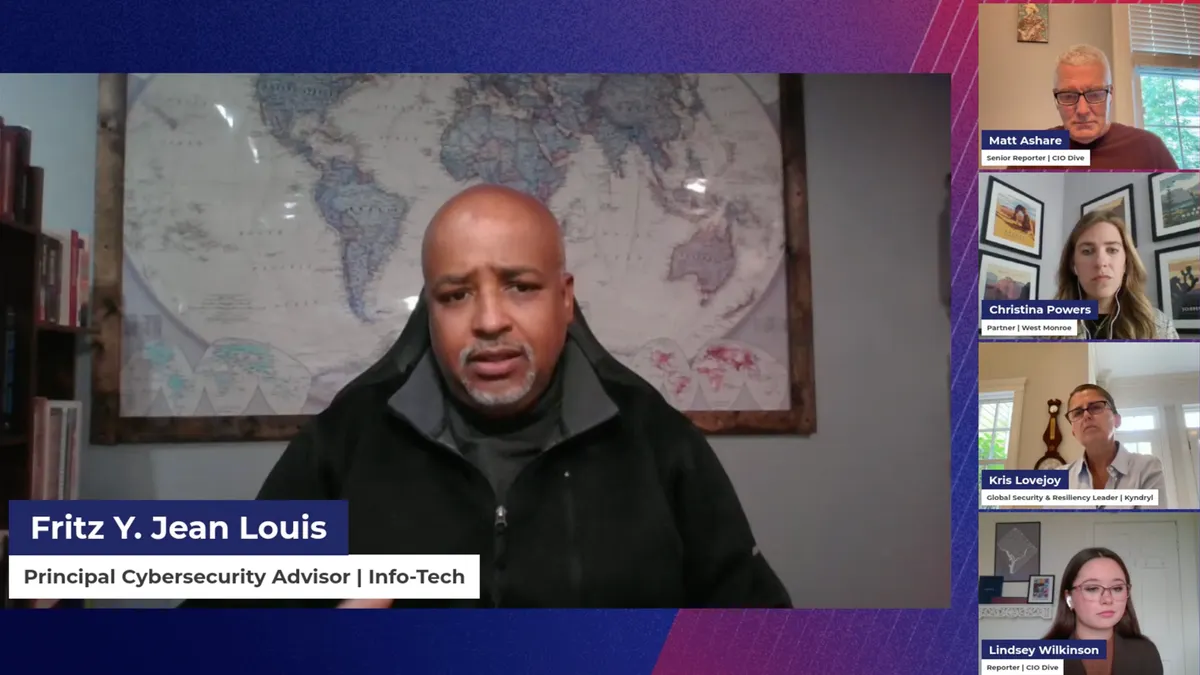As enterprises weigh AI’s up-front costs against the technology’s potential long-term value to the business, IT service providers are racing to clear a path for adoption, working through governance issues, accuracy concerns and other hiccups.
“We've learned the hard way,” Wipro's Global CIO Kenny Kesar told CIO Dive. “We've seen exorbitant bills come out of applications that did or should be nothing.”
Kesar has been at the center of a storm of AI activity since his appointment to the IT executive role in April, amid a broad reorganization push across the IT services provider’s business units to “capitalize on emerging technology opportunities driven by AI, cloud, and digital transformation.”
The company, which joined forces with Nvidia to develop an agentic and sovereign enterprise AI portfolio in March, quickly doubled down on the technology. In August, Wipro and Google Cloud deployed 200 AI agents targeting the healthcare, banking, insurance, retail, manufacturing and IT industries. Last month, the company rolled out an AI-powered security service called CyberShield MDR as part of an expanded alliance with CrowdStrike.
“AI is no longer a niche,” Wipro CEO Srini Pallia said in July, during the company’s Q1 2026 earnings call. “It's becoming essential to how businesses operate at scale.”
Wipro mobilized a deep bench of engineering talent to drive its AI initiatives, said Kesar, who returned to Wipro as SVP and global head of business systems and application management in 2023, after leaving the company for a 12-year stint at SAP. Part of his job was to keep spending in line without slowing the pace of innovation.
In addition to rationalizing AI consumption in the development process, Kesar scrutinized the way use cases were implemented and found a costly disconnect.
“AI without the right process orchestration is a very expensive experiment,” said Kesar. “Process orchestration was important in the older days: In the AI world, it is probably the most important thing.”
AI priorities
Weeding out unnecessary use cases is another key to keeping costs on track. Applying FinOps to AI can help rationalize the cost equation but it doesn’t identify places where AI isn’t needed to achieve a particular outcome.
“There's a lot of AI used for the sake of AI, and that is where it kills the economics,” said Kesar. “FinOps can tell me what I need to make the AI run more efficiently, but if I don’t need AI and I’m making an LLM call, the cost is still there.”
Wipro adopted a cloud-centric AI strategy to equip its engineers with the necessary compute power and capacity. Infrastructure services can become another budget breaker as agents begin to scale and GPU usage begins to surge.
Some companies have seen cloud bills five to 10 times higher than anticipated due to AI usage, according to IT services firm Flexential.
“With AI, the exponent changes,” Kesar said. “If you do something wrong in cloud, the bill’s going to be hundreds of thousands of dollars.”
For Wipro’s purposes, the cloud provided an avenue for running a large number of AI pilots and powering 86 current internal use cases, according to Kesar.
“We don’t yet know if we are going to utilize GPU infrastructure to the extent that it costs to maintain it,” Kesar said. “If you don't know your usage metrics, why do the investment upfront?”














